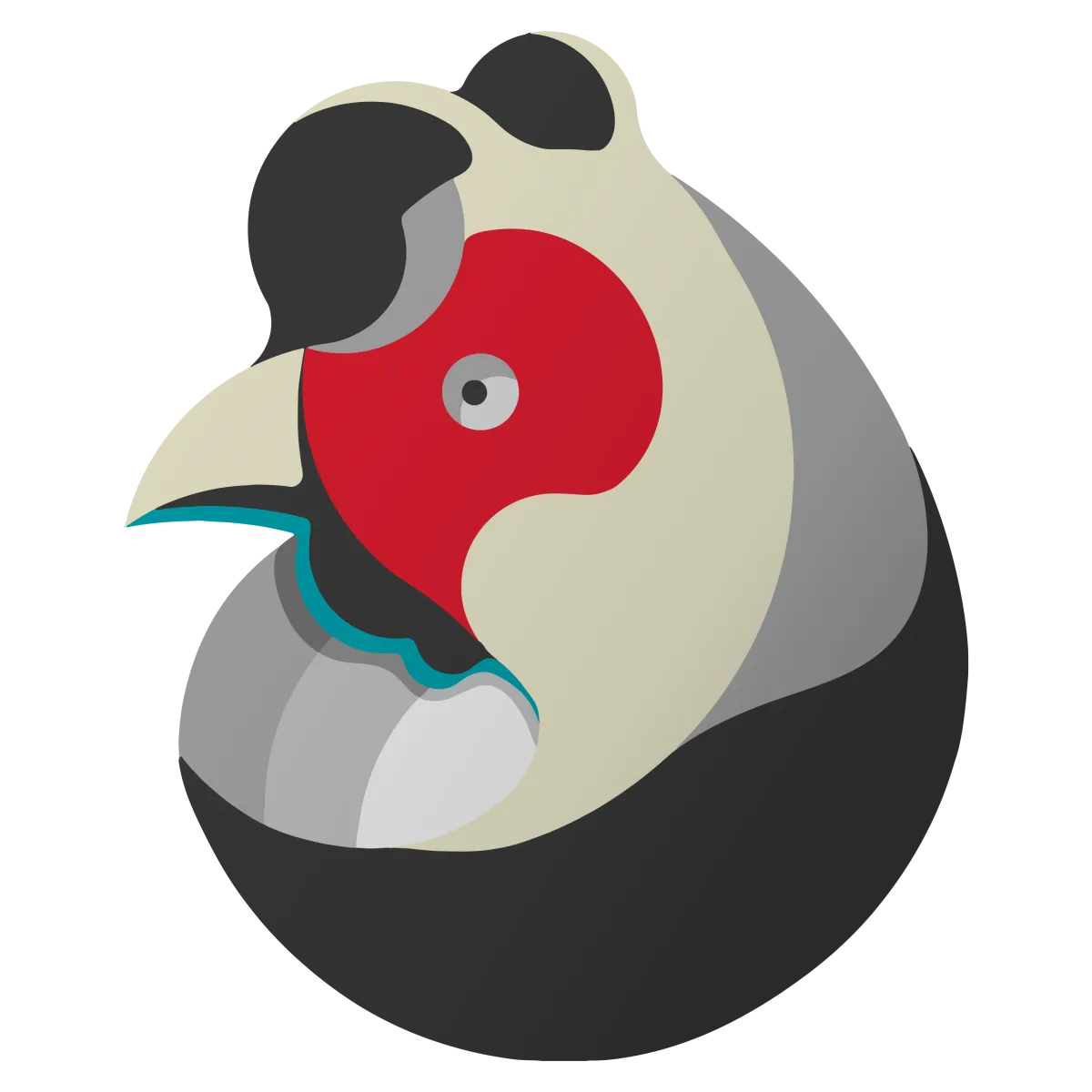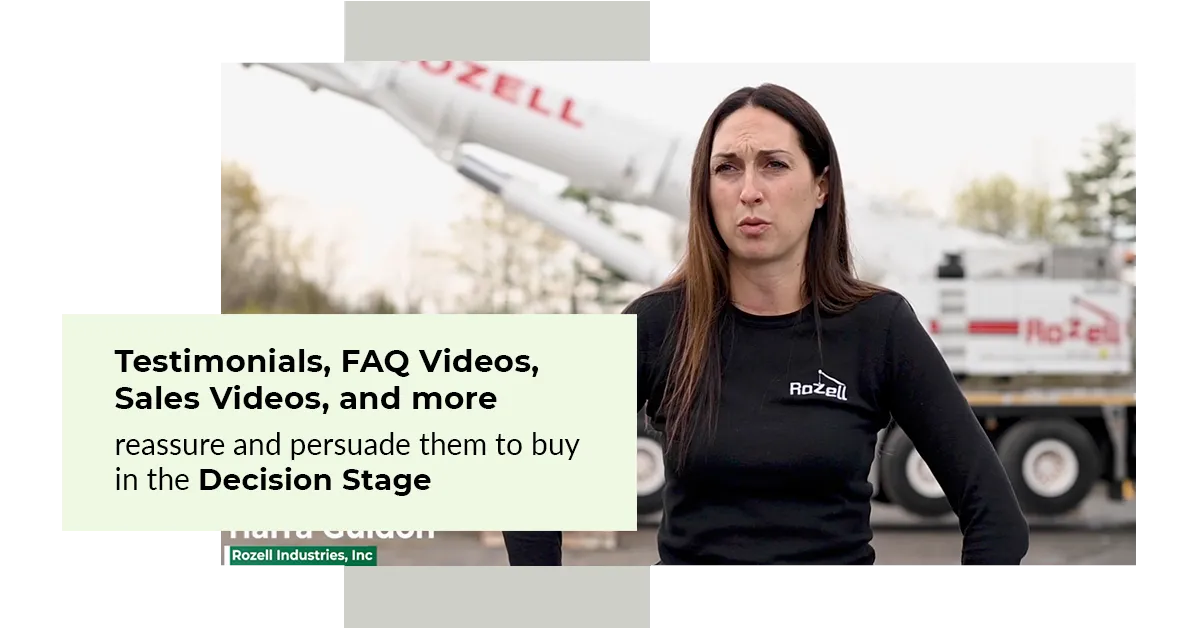your videos should Help you Grow
Effective Video Production That Gets Results
Reach and convert customers with compelling videos and strategy.
Your videos should have a goal and result
Without a goal and a good video strategy, your videos may fall flat, leaving you feeling frustrated and struggling to connect with your audience.
What's holding you back?
It's harder than ever to reach the right customers
Unsure how to effectively engage potential customers with video
Overwhelmed by thoughts of the budget, the process, & if it will work
Not sure where to begin or where to go from here
Don't worry, Hen House Media can help!
It's time to produce with purpose
Video Production shouldn't be a guessing game
IS your audience getting the right video message at the right time? Do you have one video that's trying to do everything? Is the story falling flat but you're not sure why? Tried a trend that seemed to work for others but didn't work for you?
There's a better way.
At Hen House Media, we focus our video production on your customer's journey, using powerful storytelling at every stage of your sales funnel; from building awareness, to informational stages, to social proof that gets them to buy.
Our simple, 3-step process transforms your story into compelling video content that resonates deeply with your audience, nurturing them to become customers.
Don't let frustration hold you back. Embrace the power of effective videos and watch your brand thrive.
Video production that nurtures viewers into customers
Embrace the power of effective videos and watch your brand thrive
Super Simple 3 Step Process
Step 1
Book a call/Select a package
Book a 30-minute discovery call so we can discuss the best approach for your videos. You can also select a package if you know what you need.
Step 2
We craft the video strategy
We'll collaborate together to refine the vision and create a strategy that is tailored to effectively nurture your audience into customers
Step 3
We produce and deliver
We take on all of the heavy lifting in the production of your videos and create a fun environment for everyone involved. When we're done, you'll receive a kit of video assets ready to work for you!
Ready to get started?
Most Popular Ways to Work With Us
We focus on your goals to produce effective videos for any, or every, part of your customer's journey. We help you grow!
Videos for brand awareness to conversion
Tailored to achieve your goals
Videos that convert
A focused, 2-hour workshop to develop a winning video strategy for your brand, resulting in an easy-to-follow plan
Gain clarity across your team
Clear strategy BEFORE filming
Use the strategy as you wish
Choose from our most popular video kit packages designed to jump start any brand and campaign
Three tiers to fit any budget
Mini-strategy session included
Tailored to your goals
We're honored to work with so many great partners
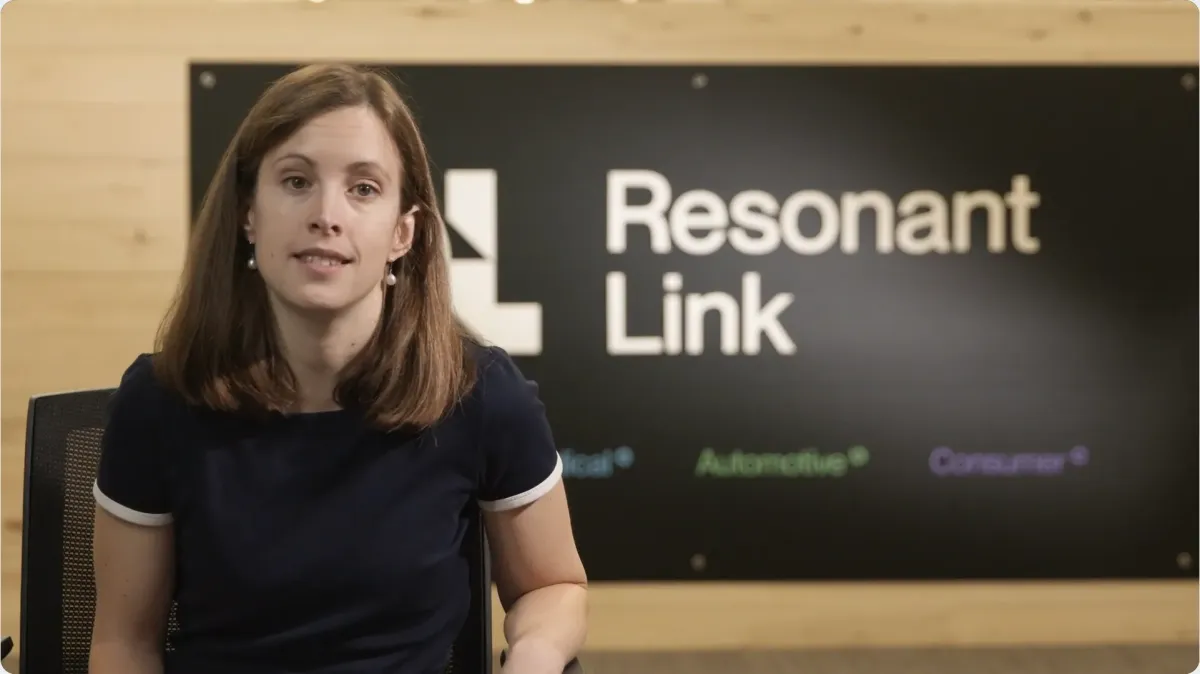
"Video Wizards"
"They are video wizards who have helped us capture the magic of everyday at Resonant Link. Thank you Johnny and Bryan for being so good at what you do and for celebrating each of our milestones with the same enthusiasm as us. We love that you’ve been such a big part of our story and we can’t wait to see what’s up next!"

Rachel Allard
VP Marketing, Resonant Link Medical
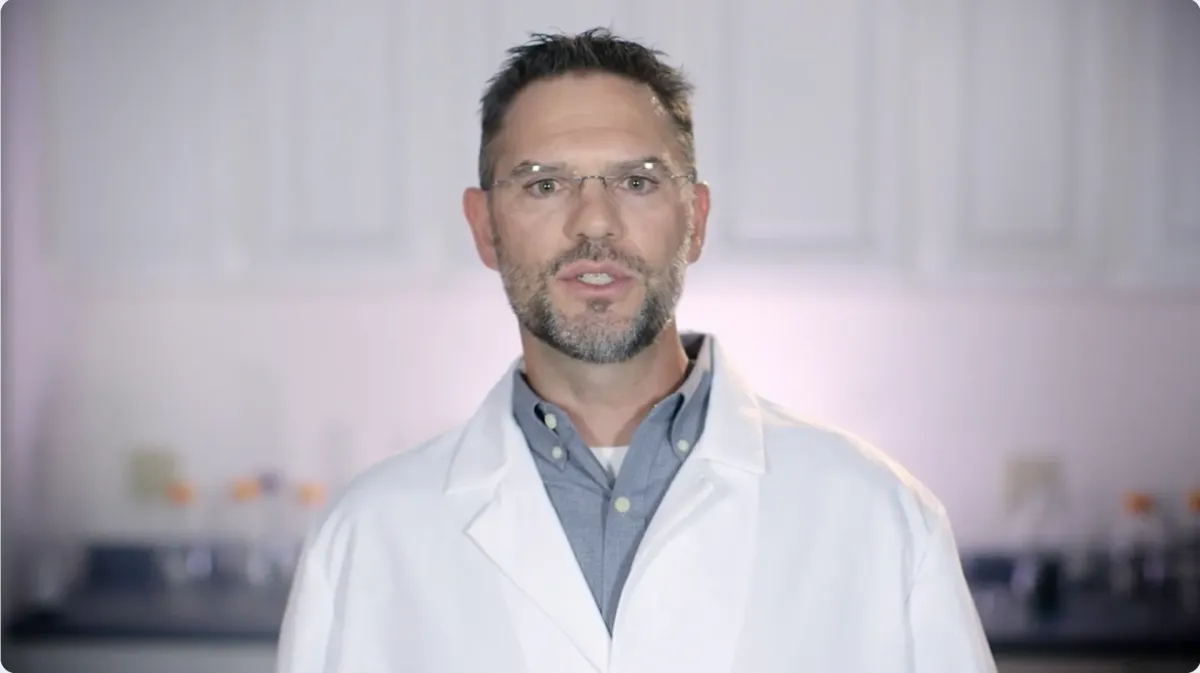
"Helping Us Succeed"
"You should know that we led off our presentations during the sales process with the “Think Possible Video” that your firm produced. That video has held up well and in fact is the best digital collateral I think has ever been produced about BioTek.
Thank you to you and your team for helping us succeed."

Briar Alpert
Former CEO, BioTek
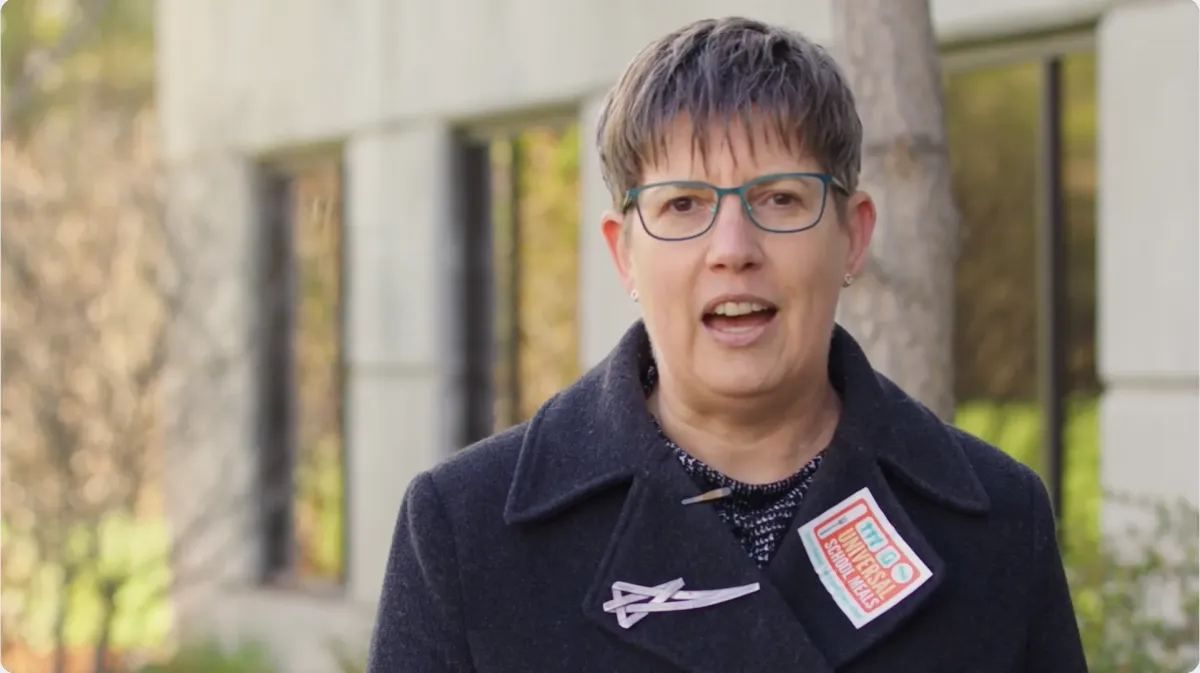
"Most Highly Recommended"
"Hen House Media worked with Hunger Free Vermont on the campaign for statewide Universal School Meals. They were professional, kind, responsive, fast, and created effective and powerful videos we were able to adapt for a wide range of uses, from social media to commercials. I recommend them most highly."

Anore Horton
Executive Director, Hunger Free Vermont
Projects that have helped our partners
Your customer's journey is important to us
Connect with your ideal customers, wherever they are on the journey, with strategic videos.
Engage your customers on a deeper level
Give your audience the info they need at the right time
Effectively nurture your audience into customers

Hen house media interviewing in switzerland
Download Our Latest Guide
Free Video Strategy Guide
Your Paragraph text goes Lorem ipsum dolor sit amet, consectetur adipisicing elit. Autem dolore
- Here's some stuff
- Here's some stuff
- Here's some stuff
Copyrights 2025 | Hen House Media, LLC™ | Terms & Conditions
